The year of innovation, sustainability, and customer centricity for marketplaces and platforms
What trends and developments should marketplaces and platforms consider in 2025? Richard Straver, founder of OPP, identifies significant opportunities in new payment options, expanding international markets, and crowdfunding platforms as growth engines for SMEs.
Broader adoption of embedded payments
Marketplaces and platforms strive to make transactions seamless, both on the front end and the back end, with payments playing a critical role in this process. In 2025, we expect embedded payments to gain even more prominence—not just in traditional marketplaces, but also on SaaS platforms like Shopify and Lightspeed. Features such as split payments, escrow, in-person payments, and robust support will help tailor services for both horizontal and vertical platforms, ensuring financial processes are better streamlined.
Wero boosts international payments
In the past year, Wero—a European payment system and digital wallet—was launched in Germany, France, and Belgium. The Netherlands, and likely Luxembourg, will follow in 2025. Wero offers platforms a way to simplify international payments and introduces appealing new payment options, particularly for French and German platforms and users. One potential outcome is a reduction in credit card payments for purchases on foreign platforms. However, this will depend on factors such as the fees associated with Wero and the availability of local alternatives.
Accessibility requirements present revenue opportunities
As of June 2025, platforms and marketplaces must comply with the European Accessibility Act (EAA), a directive aimed at improving access to products and services for individuals with disabilities. This means marketplaces and platforms will need to ensure their digital interfaces meet specific accessibility standards, with product and service information clearly presented. While this directive poses challenges, it also brings significant opportunities. By making platforms more accessible to a wider group of consumers, businesses can facilitate easier transactions and potentially drive higher revenues.
Crowdfunding platforms take on banks’ roles more often
A long-standing trend is the retreat of banks from providing growth capital to SMEs. Crowdfunding platforms like Collin Crowdfund, Geldvoorelkaar, and Dagobert Invest have stepped in to fill this gap, becoming key drivers of SME growth across Europe. Despite facing stricter regulations on payment processing in 2023, these platforms have firmly established their place in the funding market. We anticipate their role will become even more prominent in the coming years.
AI revolutionizes marketplaces and platforms
With tools like ChatGPT, MidJourney, and Perplexity now widely accessible, increasingly advanced AI applications are enhancing user experiences on marketplaces and platforms. These range from streamlining product listings by automatically generating optimized descriptions and animated videos from photos to implementing dynamic pricing based on buyer searches and competing products. We’re only scratching the surface of AI's potential, but it’s clear that ‘AI on steroids’ will enable marketplaces and platforms to stand out in the years ahead.
Sustainability remains a core focus
Despite political challenges and skepticism about the feasibility of sustainable initiatives, sustainability remains a key consideration, especially for younger generations. They are increasingly inclined to purchase second-hand goods—a trend that platforms like Marktplaats, Kleinanzeigen, and Gumtree are set to benefit from in the coming year. This shift also paves the way for more niche platforms specializing in goods sharing or selling refurbished products.
By embracing these trends with a strong focus on innovation, sustainability, and customer centricity, marketplaces and platforms in 2025 can not only better serve their users but also foster growth and establish a future-proof position in an increasingly dynamic and challenging digital landscape.

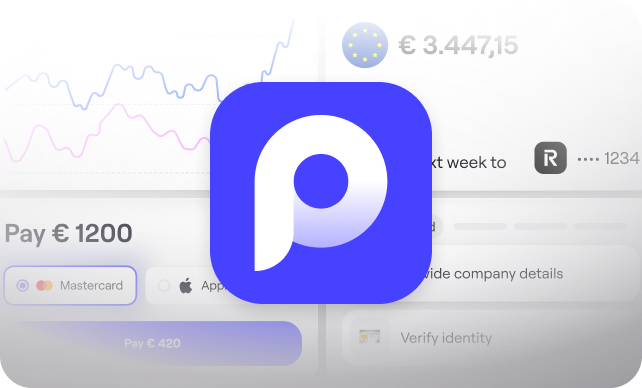
.svg)
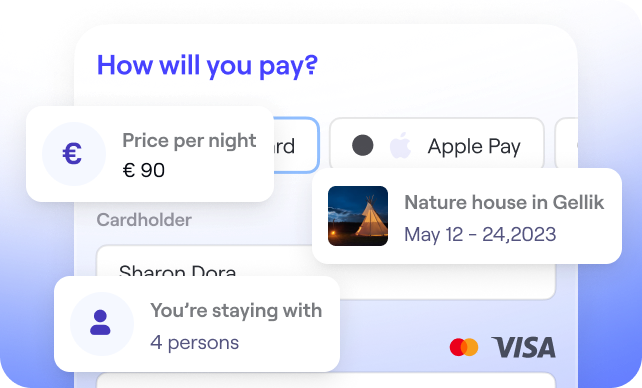




.svg)




.svg)
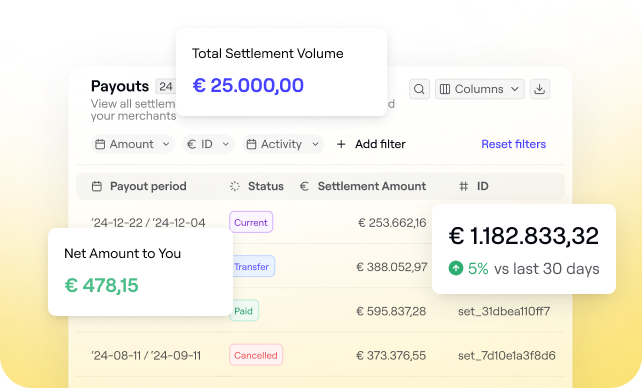
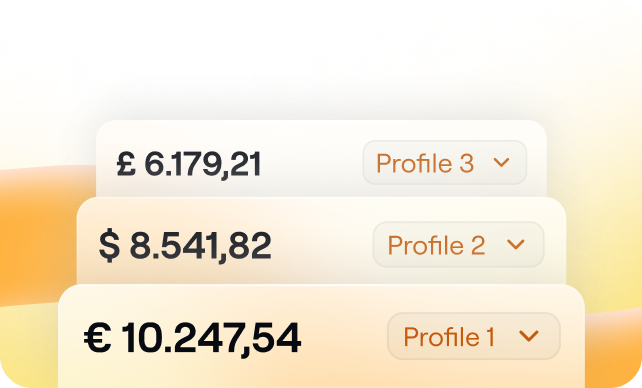
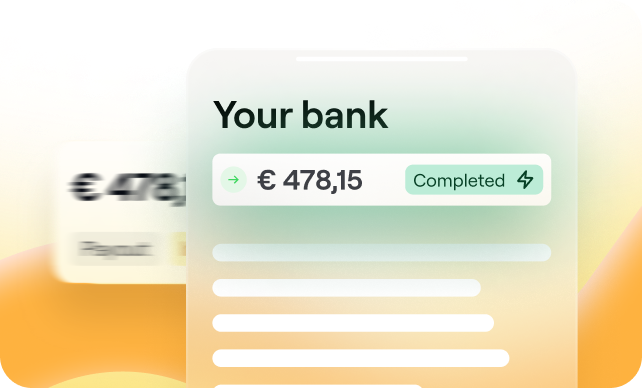

.svg)
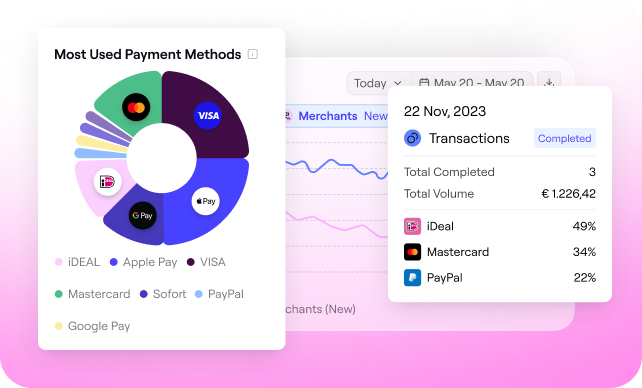
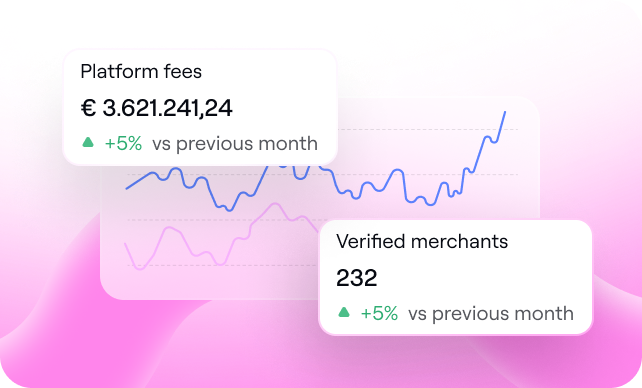

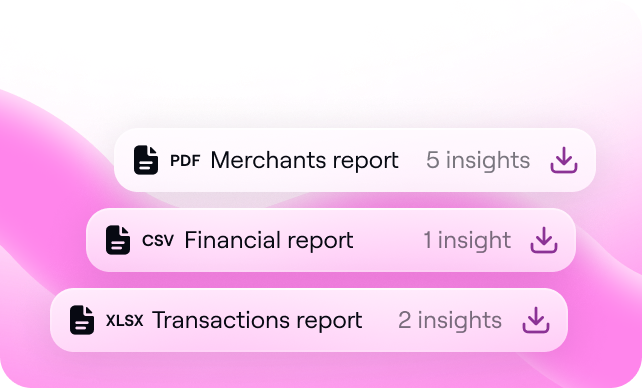
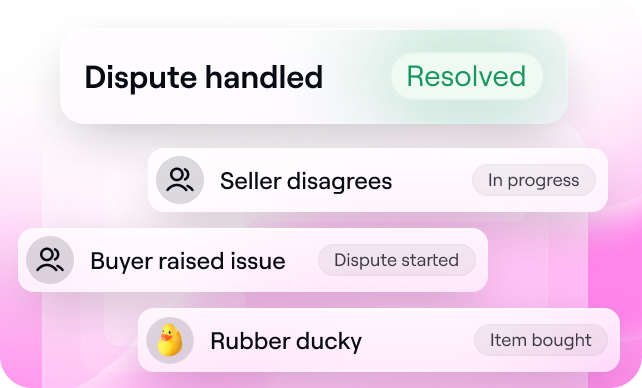






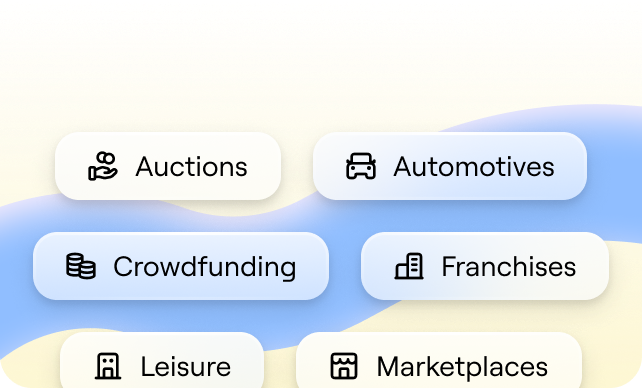


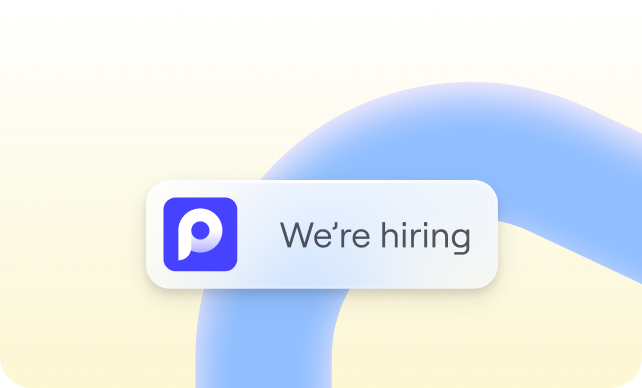


%20(1).png?width=1300&name=Copy%20of%20Copy%20of%20Blog%20post%20(1620%20x%201080%20px)%20(1).png)



.png)
.png?width=75&height=51&name=Worldline%20(2).png)